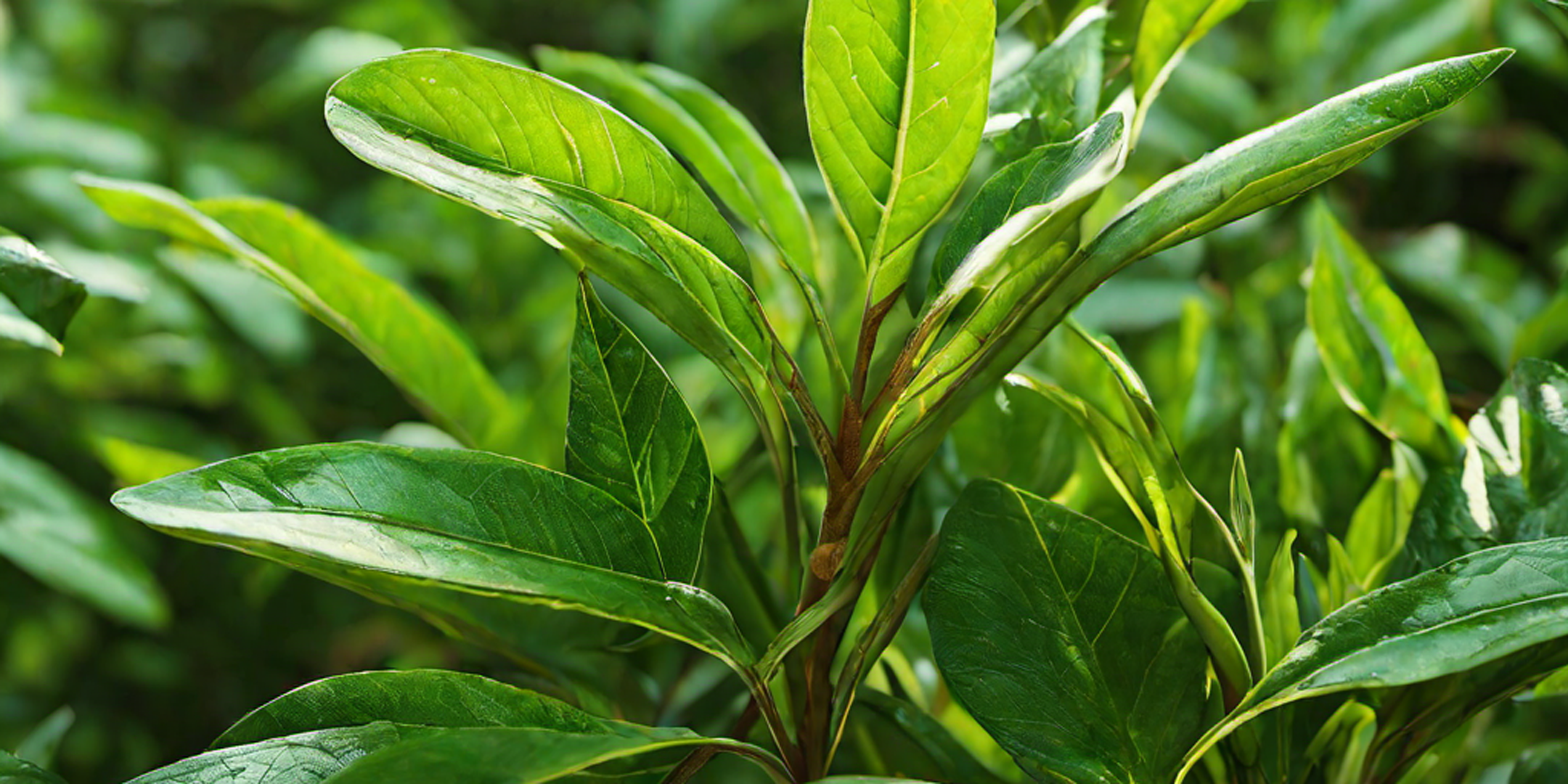Exploring the Science of Tea Oxidation and Its Influence on Taste
Tea is one of the most beloved beverages worldwide, but have you ever wondered what makes each cup of tea taste so different? The answer lies in the process of oxidation, a crucial step that determines both the flavor and the type of tea. Let's dive into the science behind tea oxidation and how it affects flavor.
What is Tea Oxidation?
Oxidation is a natural chemical process that occurs when tea leaves come into contact with oxygen after being harvested. Enzymes within the leaves, particularly polyphenol oxidase, react with oxygen, leading to changes in the leaf’s color, flavor, and aroma. This process is similar to what happens when an apple turns brown after being cut open.
Tea oxidation is primarily responsible for creating the different types of tea: white, green, oolong, and black tea. The level of oxidation the tea leaves undergo defines their category and, consequently, their flavor profiles.
The Role of Enzymes in Tea Oxidation
Enzymes in tea leaves play a pivotal role in the oxidation process. When the leaves are rolled or bruised after being picked, the cell walls break, allowing enzymes like polyphenol oxidase to interact with oxygen. This interaction triggers the oxidation process.
Polyphenols, natural compounds in tea, transform during oxidation. For instance, catechins (found in green tea) convert to theaflavins and thearubigins in black tea. These conversions significantly alter the tea's flavor, color, and health benefits.
Oxidation Levels and Tea Types
-
Green Tea (Unoxidized)
Green tea stands out for its minimal processing and the preservation of its natural green color and fresh, grassy flavor. Unlike black tea, which is oxidized, green tea leaves are steamed or pan-fired to prevent this process. This also helps retain the tea's high levels of catechins, powerful antioxidants with numerous health benefits. The lack of oxidation gives it a lighter, more delicate flavor. -
White Tea (Minimal Oxidation)
White tea undergoes minimal oxidation. It is made from young tea leaves and buds that are lightly withered and air-dried. The oxidation is very mild, resulting in a light, sweet flavor with subtle floral notes. Since it is less processed, it retains high levels of antioxidants, similar to green tea. -
Oolong Tea (Partial Oxidation)
Oolong tea sits in the middle of the oxidation spectrum. The leaves are partially oxidized, typically between 20% to 80%, depending on the variety. This results in a complex flavor profile, combining the freshness of green tea with the rich, bold notes of black tea. The oxidation gives oolong tea a wide range of flavors, from fruity and floral to toasty and creamy. -
Black Tea (Fully Oxidized)
Black tea undergoes full oxidation, which gives it its deep, dark color and robust flavor. The polyphenols, particularly catechins, are entirely converted into theaflavins and thearubigins. These compounds give black tea its characteristic malty, astringent, and sometimes smoky flavors. The oxidation process enhances the boldness of black tea, making it a popular choice for those who prefer a strong, brisk brew.
How Oxidation Affects Tea Flavor
Oxidation doesn’t just change the color of tea; it has a profound impact on the flavor. As enzymes break down the plant compounds in the leaves, the tea’s chemical makeup changes, altering its taste. Here's how oxidation affects flavor in different teas:
- Freshness vs. Boldness: Less oxidized teas (like green and white teas) tend to have fresher, lighter flavors, often described as grassy, vegetal, or floral. Fully oxidized teas, like black tea, have stronger, more robust flavors, such as malty, fruity, or even spicy notes.
- Sweetness vs. Astringency: Oxidation increases the theaflavins and thearubigins in tea, contributing to black tea’s signature astringency and sometimes bitter aftertaste. In contrast, the low oxidation in white and green teas retains their natural sweetness and smoothness.
- Aromas: The oxidation process also impacts the aroma of tea. For example, oolong teas, which are partially oxidized, develop complex aromas ranging from floral to fruity, while fully oxidized black teas often carry more earthy, smoky scents.
Controlling Oxidation
Tea producers carefully control the oxidation process to achieve the desired flavor and characteristics. By adjusting variables such as temperature, humidity, and rolling techniques, they can manipulate how much oxidation occurs. The more the leaves are exposed to air and handled, the higher the oxidation level. Timing is critical in this process: too little oxidation, and the tea may be too light; too much, and it could become overly bitter.
In some cases, oxidation is deliberately stopped early, as in green and white teas, where minimal oxidation is preferred. For oolong and black teas, the process continues longer to deepen the flavors and aromas.
Conclusion
The science behind tea oxidation is key to understanding why each type of tea tastes the way it does. From light, floral notes in white and green teas to the bold, rich flavors of oolong and black teas, oxidation shapes every aspect of tea. So the next time you sip a cup, you'll appreciate the complex chemistry at work and how it transforms simple tea leaves into a symphony of flavors.
By understanding how oxidation affects flavor, tea lovers can better appreciate the artistry and science that go into creating their favorite brew.




